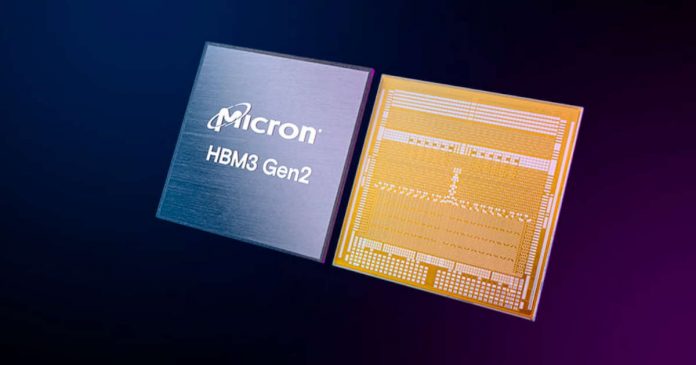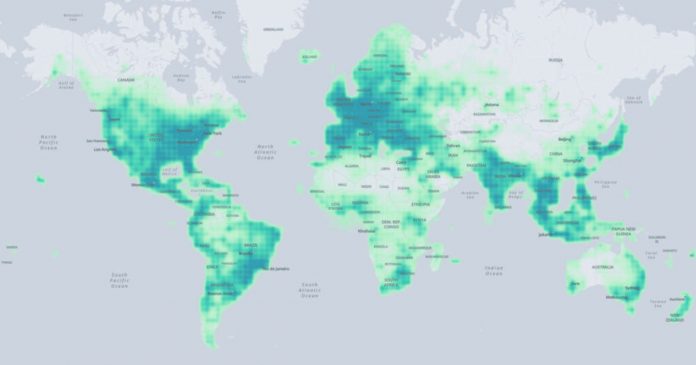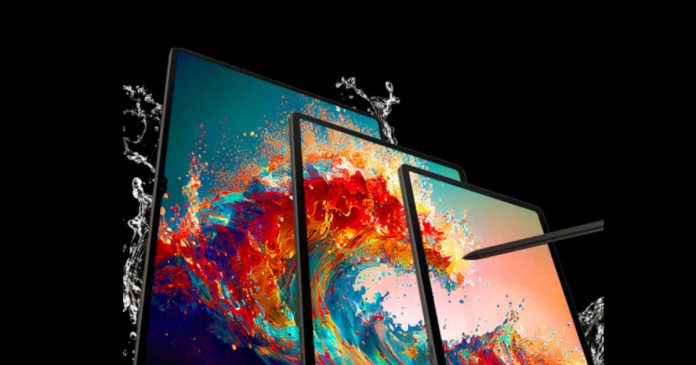Micron has made a grand entrance into the High Bandwidth Memory (HBM) market, setting a new benchmark for speed and efficiency. The American company has recently announced the sampling phase of its HBM3 Gen2 memory. This memory is denser, faster, and more efficient than its competitors, making it a game-changer in the industry.
Micron’s HBM3 Gen2 memory, with a capacity of 24 GB (8-Hi, i.e., composed of eight 24 Gbit dies), guarantees a bandwidth exceeding 1.2 TB/s with a pin speed of over 9.2 Gb/s. The volume production is set to kick off in the first quarter of next year. Although Micron entered the HBM3 market later than others, its product is highly competitive, and the company is keen to highlight this.
The need for high computing power and large, fast memory is paramount in the research and application of artificial intelligence. This is where HBM memory comes into play. Supercomputers are now primarily equipped with GPU-based accelerators, which are increasingly being equipped with HBM. Micron’s new HBM3 Gen2 memory is a crucial component in reducing the training times of large language models like GTP-4 and beyond.
Micron’s HBM3 Gen2 24 GB memory will enable the creation of HBM3 subsystems with a 4096-bit bandwidth of 4.8 TB/s and even solutions with a 6096-bit bus and a bandwidth of 7.2 TB/s. Currently, the NVIDIA H100 accelerator in SMX format reaches a peak bandwidth of 3.35 TB/s.
The new Micron solution is produced with a 1β (1-beta) process, which is essential to achieve this capacity. However, Micron already has a clear idea of the next step, with a 36 GB solution based on 12 stacks. The sampling phase for this is expected in the first quarter of 2024, with volume production in the second half of the year.
Finally, in the roadmap outlined by Micron, the characteristics of HBMNext, a possible HBM4, are already sketched out. It is expected to touch a bandwidth of 1.5 TB/s – 2+ TB/s and ensure capacities of up to 64 GB.










